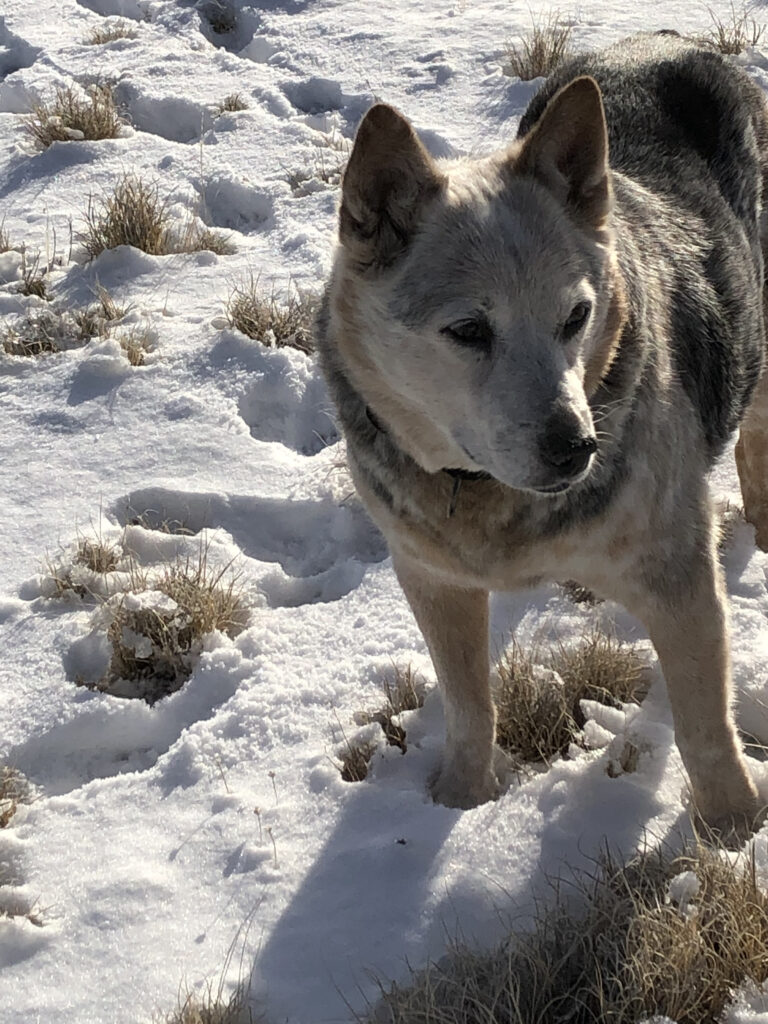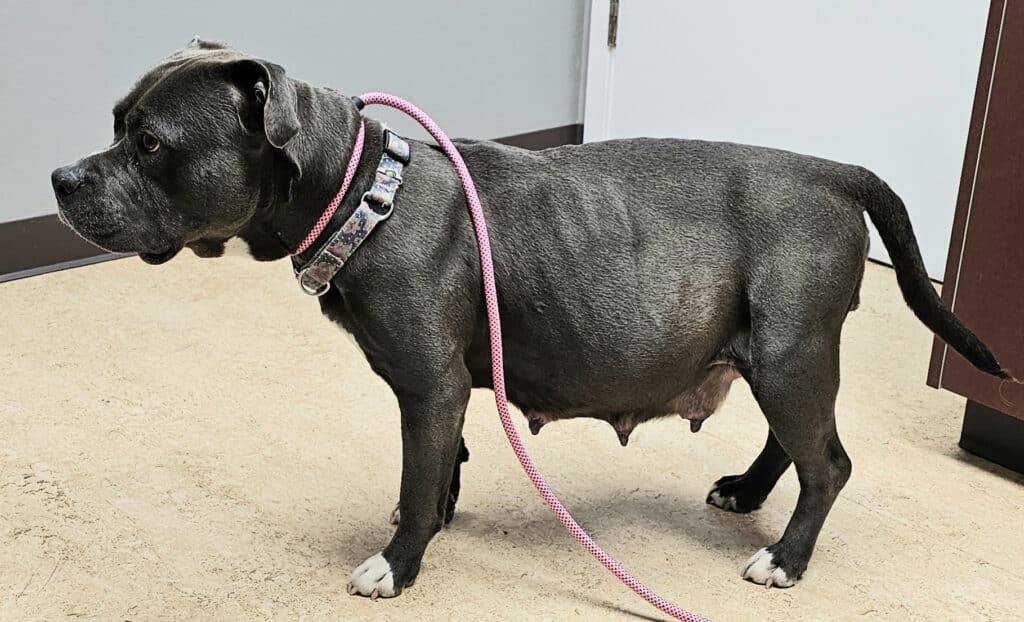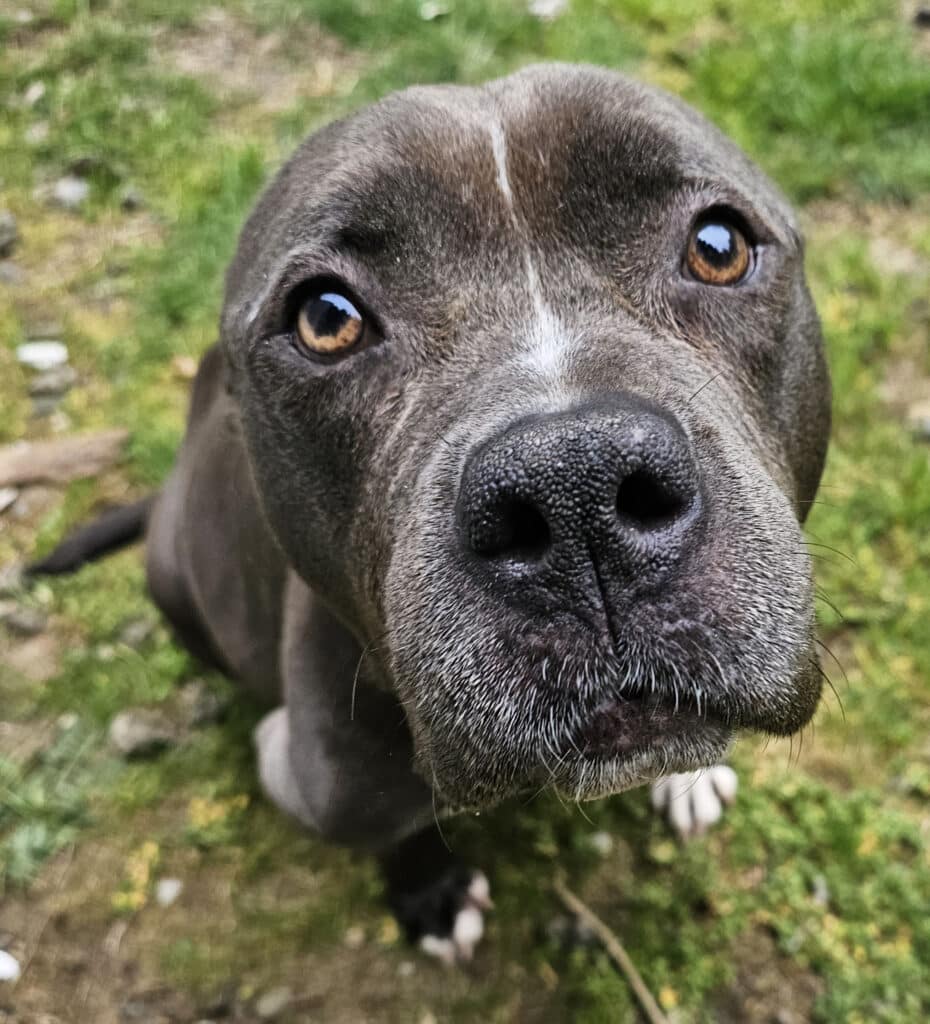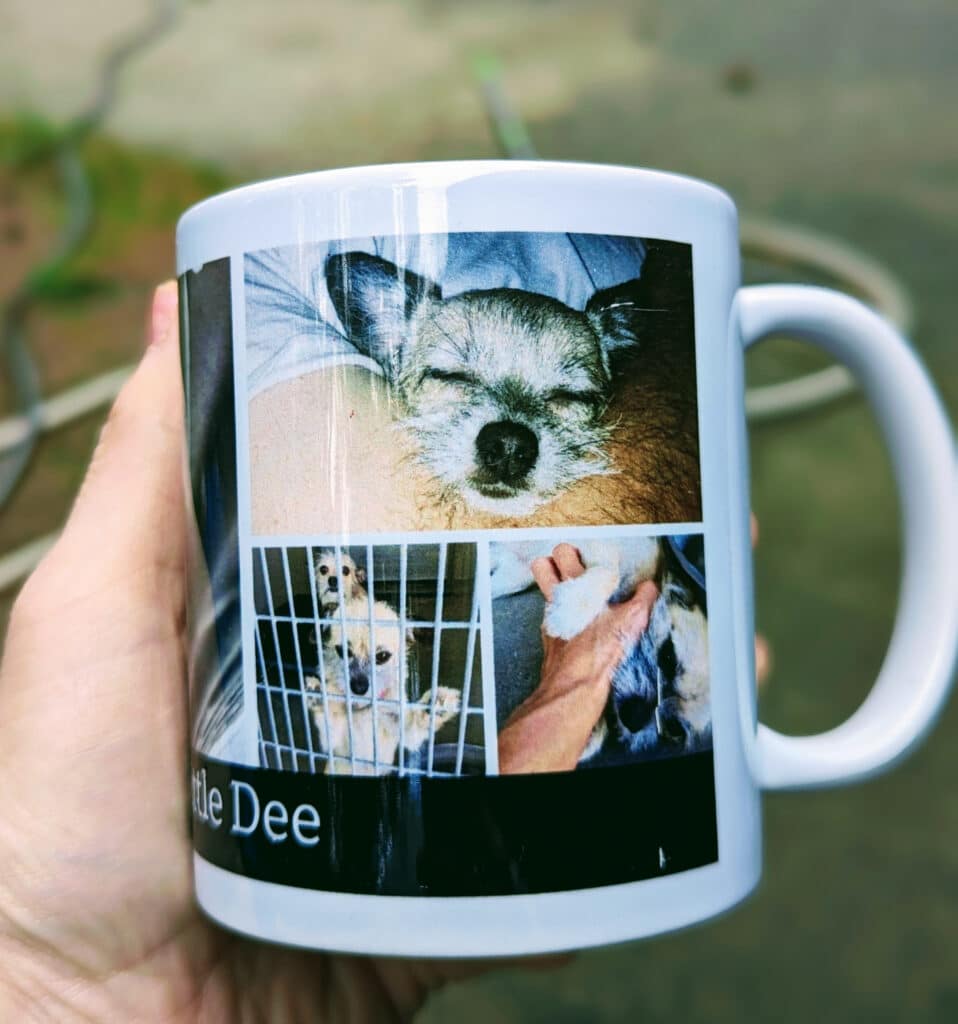Community Education
Collar of Hope aims to leave no dog behind
Rhonda Haug, a teacher at Voyager Elementary School in Gig Harbor, was one of the first pet owners to adopt from Collar of Hope. Haug ended up with a shepherd mix named Isis.
Education Sponsor
Education stories are made possible in part by Tacoma Community College, a proud sponsor of Gig Harbor Now.
“I saw the dog on Pet Finder, and I contacted Teresa (McMurrin, co-founder of Collar of Hope), and she came out and did a home visit, and I was really impressed with their adoption policy,” Haug said. “They want to really make sure that the dog is a good fit for the house, and if you have other pets.”
Collar of Hope is a registered animal rescue organization based in Olalla with a primary focus on dogs, McMurrin said. She and co-founder Elizabeth Lumsden began the rescue in 2008 and have continued to take in many different animals, including a boa constrictor, birds, a couple of hamsters and a horse.
Collar of Hope’s mission
Collar of Hope serves Pierce, Kitsap and Mason counties, as well as parts of King County. It helps find homes for pets in need of them for whatever reason — whether it’s a pet owner who can no longer care for their animal or a seizure following an animal cruelty case.
Haug lives on 1 1/2 acres on Fox Island and prefers large breeds. Though Isis passed away at the age of 13, Haug continues to volunteer with Collar of Hope. She helps spread the word about the organization and works at adoption events.
“Two people are doing a lot of the work, so it’s important to understand that if you are looking for a rescue pet, you aren’t going to take a pet home that day. It takes time to check references,” Haug said.
The all-volunteer organization depends on donations to make its rescue function. Collar of Hope finds homes for about 200 pets each year, McMurrin said.
Doing what’s best for the pet
Co-founder Lumsden said the rescue tries to provide pets with a good life.
The organization’s policy is to always take a pet back if needed, which sometimes happens when adoptive families’ life circumstances change.
That happened to one a rescue named Roper. He lived out his days with Lumsden. She took him on road trips, and gave him the best life that she could.

Liz Lumsden takes rescue pets on road trips to get them out, and continue their enrichment. Roper enjoyed a Wyoming vacation. Roper became a hospice dog, due to brain and liver cancer, and lived out his days with her by his side.
“Our Collar of Hope mission is to try our best to never let our rescues end up left behind again,” Lumsden said.
Rescue work is expensive, but the work that goes into it is all volunteer, they said.
“Every cent goes back into the rescue,” she said. “We take in a lot of medicals … We got a pit bull recently from a homeless guy, and she was heavily pregnant. She had 14 puppies in her, and she was emaciated after she gave birth. The last six came out in a C-section. None of them survived. We are getting weight on her and getting to know her better, and we will get her back into a better life.”

Emmie was pregnant, and once she birthed her 14 puppies, it was evident that she needed extra attention due to her emaciated state. She is now healthy, and ready for a new home.
Photo courtesy of Teresa McMurrin
Matching pets and people
Rates of pet adoption slowed in the past two years. McMurrin believes the economy is partially to blame.
“They can’t afford to spay or neuter, and can’t get appointments,” she said. “If you can’t put gas in your car, and feed your kids, you can’t take on that expense. It’s been a struggle. Every shelter is full, and lots of small rescues have folded because not many of the pets are getting adopted.”
In addition to funds, the rescue relies on volunteers to foster animals while they are waiting for adoption. About 25 volunteers perform that function now.
Becoming a foster takes time. To be approved, one of the two founders must inspect the home and ensure that the environment is the right fit for the right animal. Sometimes it doesn’t work out exactly the way a potential foster might like.
“We have one (application) from an apartment complex, and she wanted to foster a particular dog. It wouldn’t work for that dog because he’s young, and blind. I don’t think he could make it all the way down, outside to get to a grassy area to do his business,” McMurrin said. “She sounds wonderful, but we need to make sure we can give her one that will work for her.”

Emmie is healthy, and ready for a new life. She is available for adoption through Collar of Hope pet rescue. Photo courtesy of Teresa McMurrin
Some fosters only want small animals, or babies. Others want to foster old dogs, or large breeds, and McMurrin said that is fine. There is a need for homes for all of those. The trick is getting enough of each to fulfill the needs for all of the animals available.
Fostering
As a foster, Christine Larsen said that providing a temporary home for the pet is vital to the process of the rescue. She began fostering pets for Collar of Hope about 10 years ago.
The organization takes on all of the costs associated with the pet. The only thing a foster has to provide is a safe, loving home, some patience, and time.
“People say the hardest part is letting them go,” she said. “I’ll admit I fell in love with a foster dog once. Her name was Chica. I cried when Teresa said I could take her to her new home. Then when the new owners posted pictures of Chica with a new name, and an amazing little fluffy dress living her best life in the sunshine. I knew what I needed to do — love another foster dog.”

A “foster fail,” Dee won the hearts of her fosters Christine and Ted Laresen, and found her forever home when Collar of Hope rescued her from a shelter, and she was placed with the couple.
Photo courtesy of Christine Larsen
And then she loved another one. And she continued, until work demands recently precluded her from fostering. But, it’s something she wants to do again in the future, she said.
“That temporary sadness does pass, I promise,” she said. “There is a term in rescue called, ‘foster fail,’ which maybe should be renamed ‘foster win’ because it means you decided to adopt your foster. We have one of those at our house — my husband’s little buddy from a shelter named Dee.”
Collar of Hope requires an application and a review process for all adoptions. Adoption fees range from $100 to $500. The cost varies depending on the pet’s age, needs and breed.
For more information on fostering, or adopting a pet through Collar of Hope visit collarofhope.org.

